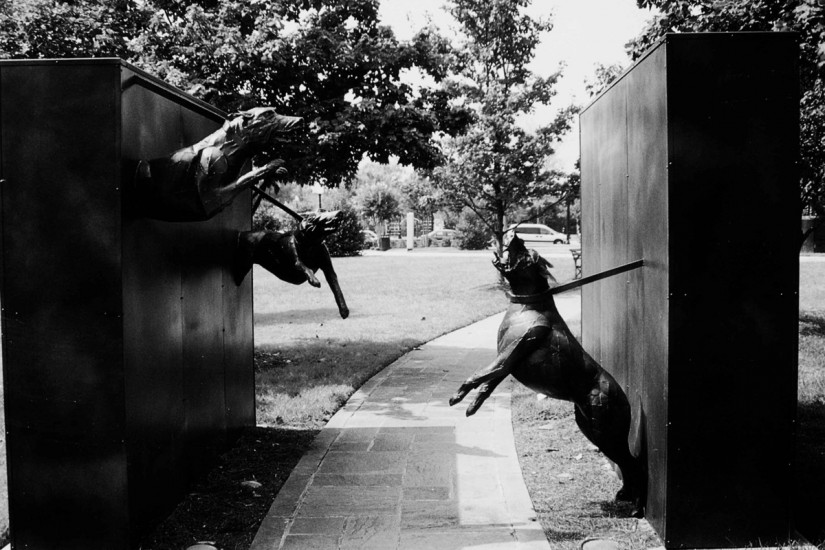A city is a book we read by wandering its streets, a text that favors one version of history and suppresses others, enlarges your identity or reduces it, makes you feel important or disposable depending on who you are and what you are. When I called Maurice Ruffin, a writer and lawyer who lives in New Orleans, to discuss his city’s Confederate monuments, he told me, “The statues — a lot of them physically beautiful — argue that if you’re white, you’re human, and if you’re not, you’re not.” He’s not.
Who is remembered, and how? Who decides? These are political questions. “Who controls the past,” George Orwell wrote in 1984, “controls the future.” Those in the United States trying to shape the future know this, as well as the rest of Orwell’s admonition: “Who controls the present controls the past.” We are not who we once were — “we” meaning the citizens of a country whose non-white population has grown, in numbers and in visibility and in power, but remains marginalized in countless ways. Racism is so embedded that if we were to cease honoring slaveholders, we would have to rename cities and counties; sexism is so deeply entrenched that the great women of history are largely missing from our streets and squares. What is to be done with a landscape whose features carry the legacy of violence? Do we tear down what’s already standing? Do we work toward parity by erecting new buildings, new monuments? Do we recontextualize or reclaim what is already there?
A quarter century ago, in Birmingham, Alabama, a series of sculptures were erected to commemorate the civil-rights movement. The most startling, by the artist James Drake, flanks a pedestrian path in a city park. From a wall on one side and the ground on the other, snarling bronze and steel dogs lunge as if to tear apart any passersby. The sculpture suggests that to understand the violence people once met here, we need to experience at least a shadow of that violence ourselves. It’s a rare thing, an official memorial to institutional savagery on the site where it transpired.
